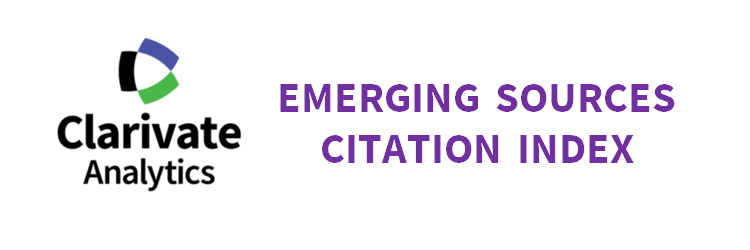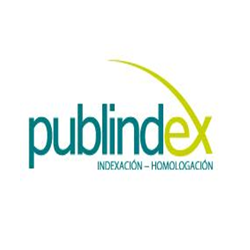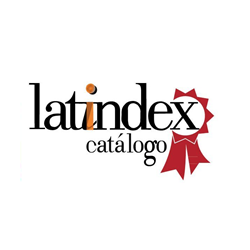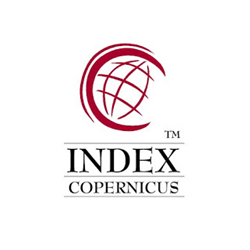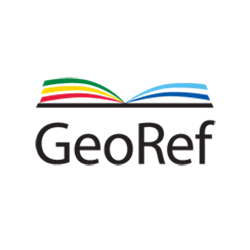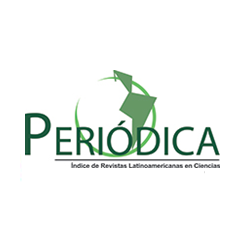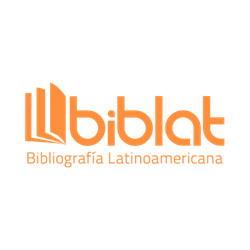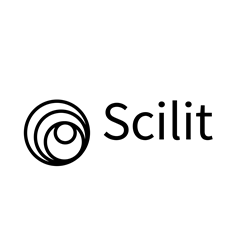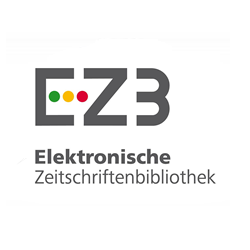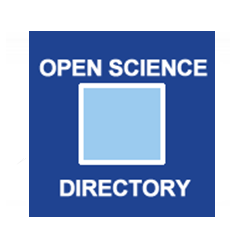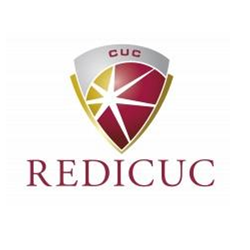Profile of research in sustainable production with a focus on industry and agriculture processes
DOI:
https://doi.org/10.17981/ingecuc.18.1.2022.15Keywords:
natural resources, sustainable production, industry, agriculture, scientometricsAbstract
Introduction— The excessive use of natural resources and their demand for the growing population have given importance to sustainability as the main strategy to mitigate the shortage and avoid the depletion of natural resources, contributing to reduce the damage caused to the environment and so adjacent social and economic problems. For this reason, the way how it is produced and consumed need to be changed.
Objective— The purpose of this study is to identify trends, analyze patterns and establish fields of action in the review of the information that has been generated to date from global research on Sustainable Production (SP) with a focus on processes related to the industry and agriculture, all this with the intention of identifying relevant factors such as trends, most notable authors, countries with the greatest contributions, among other aspects..
Methodology— For this, an analysis process was applied based on the models of technological surveillance and scientometrics, which allowed to describe the characteristics and identify the patterns and trends of the research field.
Results— The documents published for the industrial sector are 2 003 and for the agricultural sector are 2 149 until the 3rd of December 2020, it found that the United States is the largest producer of scientific research in both areas, and the thematic area with the highest production in the industry is Engineering and in the agriculture are the agricultural and biological sciences.
Conclusions— Agriculture presented greater scientific production, this is due to the concern of being able to satisfy the food demand of the growing population, reduce the contaminating agents generated in the production process to conserve biodiversity, ensure the parameters of food security and sustainability while it generate socio-economic benefits for farmers.
Downloads
References
Naciones Unidas, “TOWARDS SUSTAINABLE CONSUMPTION AND PRODUCTION,” New york, 2010.
ORGANIZACIÓN DE LAS NACIONES UNIDAS, “Objetivos de Desarrollo Sostenible | PNUD.” [Online]. Available: https://www.undp.org/content/undp/es/home/sustainable-development-goals.html. [Accessed: 29-May-2019].
D. D. C. BLANCO and B. D. POLO, “PERFIL DE LAS INVESTIGACIONES GLOBALES EN EL CAMPO DE PRODUCCIÓN SOSTENIBLE CON ENFOQUE EN LOS PROCESOS DE LA INDUSTRIA Y AGRICULTURA,” Universidad del Atlántico, 2020.
J. A. Foley et al., “Solutions for a cultivated planet,” Nature, 2011.
A. Boada Ortiz, S. Rocchi, and M. Kuhndt, “Negocios y Sostenibilidad: Más Allá de la Gestión Ambiental,” Institución Universitaria Politécnico Grancolombiano, 2012.
A. D. Marenco Escuderos, “Análisis de redes sociales e indicadores de producción y cooperación científica,” in Cienciometría y bibliometría.El estudio de la producción científica : Métodos, enfoques y aplicaciones en el estudio de las Ciencias Sociales , 2018, ISBN 978-958-56184-1-1, págs. 119-146, Corporación Universitaria Reformada, 2018, pp. 119–146.
Y. S. Colorado and O. Pérez-Anaya, “La evaluación de la actividad científica: Indicadores bibliométricos,” in Cienciometría y bibliometría. El estudio de la producción científica, no. 1965, 2018, pp. 95–117.
G. Angulo, E. Galvis-Lista, M. González, and J. Barrios, Ambiente y sostenibilidad una mirada desde la produccion cientifica, 1st ed. Santa Marta: EDITORIAL UNIMAGDALENA, 2018.
ELSEVIER, “The largest database of peer-reviewed literature - Scopus | Elsevier Solutions.” [Online]. Available: https://www.elsevier.com/solutions/scopus. [Accessed: 29-May-2019].
L. Codina, “Ecuaciones de búsqueda: qué son y cómo se utilizan en bases de datos académicas · 1 - Operadores booleanos,” 2017. [Online]. Available: https://www.lluiscodina.com/ecuaciones-de-busqueda-bases-datos-operadores-booleanos/. [Accessed: 13-Jul-2019].
G. Riggio-Olivares, “Indicadores bibliométricos de la actividad científica de la República Dominicana,” Universidad Carlos III de Madrid, 2017.
M. Victoria Guzmán Sánchez and J. Luis Trujillo Cancino, “Los mapas bibliométricos o mapas de la ciencia: una herramienta útil para desarrollar estudios métricos de información Bibliometric maps or maps of science: a useful tool for developing metric studies of information.”
D. Hwa, E. Klema, and R. Mancke, “Markets for Alaskan oil,” Energy Policy, 1979.
E. Alkaya and G. N. Demirer, “Water recycling and reuse in soft drink/beverage industry: A case study for sustainable industrial water management in Turkey,” Resour. Conserv. Recycl., 2015.
F. Hamzeh, M. Al Hattab, L. Rizk, G. El Samad, and S. Emdanat, “Developing new metrics to evaluate the performance of capacity planning towards sustainable construction,” J. Clean. Prod., 2019.
R. P. Lee, “Alternative carbon feedstock for the chemical industry? - Assessing the challenges posed by the human dimension in the carbon transition,” J. Clean. Prod., 2019.
J. L. Posner and M. F. McPherson, “Agriculture on the steep slopes of tropical America: Current situation and prospects for the year 2000,” World Dev., 1982.
J. A. Dyer, “Sustainability in the Canadian agri-food system,” Can. Farm Econ., pp. 23–28, 1982.
OBSERVATORIO DE BIBLIOMETRÍA E INFORMACIÓN CIENTÍFICA, “Bibliometría.” [Online]. Available: https://obic.usal.es/bibliometria. [Accessed: 15-Aug-2019].
J. D. Sepúlveda Chaverra, “ESTADO DE LA INVESTIGACIÓN SOBRE EDUCACIÓN PARA EL DESARROLLO SOSTENIBLE: UN ANÁLISIS CIENCIOMÉTRICO DE LA PRODUCCIÓN CIENTÍFICA EN EL PERIODO 2005-2014,” Luna Azul, 2015.
R. L. Shewfelt and J. D. Henderson, “THE FUTURE OF QUALITY,” Acta Hortic., no. 604, pp. 49–59, Jul. 2003.
“Journal of cleaner production.” [Online]. Available: https://www.journals.elsevier.com/journal-of-cleaner-production. [Accessed: 18-Aug-2019].
M. Cellura, S. Longo, and M. Mistretta, “Life Cycle Assessment (LCA) of protected crops: an Italian case study,” J. Clean. Prod., vol. 28, pp. 56–62, Jun. 2012.
D. M. Gatlin et al., “Expanding the utilization of sustainable plant products in aquafeeds: a review,” Aquac. Res., vol. 38, no. 6, pp. 551–579, Apr. 2007.
E. Moioli et al., “Analysis of the current world biofuel production under a water–food–energy nexus perspective,” Adv. Water Resour., vol. 121, pp. 22–31, Nov. 2018.
M. R. Cherubin, J. P. Chavarro-Bermeo, and A. M. Silva-Olaya, “Agroforestry systems improve soil physical quality in northwestern Colombian Amazon,” Agrofor. Syst., vol. 93, no. 5, pp. 1741–1753, Oct. 2019.
F. P. A. Cohen and W. C. Valenti, “Opportunities and constraints for developing low-cost aquaculture of seahorses in mangrove estuaries,” Aquaculture, vol. 502, pp. 121–127, Mar. 2019.
N. J. van Eck and L. Waltman, “Visualizing Bibliometric Networks,” in Measuring Scholarly Impact, 2014.
N. J. van Eck and L. Waltman, Measuring Scholarly Impact: Methods and Practice. 2014.
“VISUALIZACIÓN DE LAS PRINCIPALES LÍNEAS DE INVESTIGACIÓN EN SALUD PÚBLICA: UN ANÁLISIS BASADO EN MAPAS BIBLIOMÉTRICOS APLICADOS A LA REVISTA ESPAÑOLA DE SALUD PÚBLICA (2006-2015),” Rev. Esp. Salud Publica, 2016.
X. Liu, J. Bollen, M. L. Nelson, and H. Van De Sompel, “Co-authorship networks in the digital library research community,” Inf. Process. Manag., 2005.
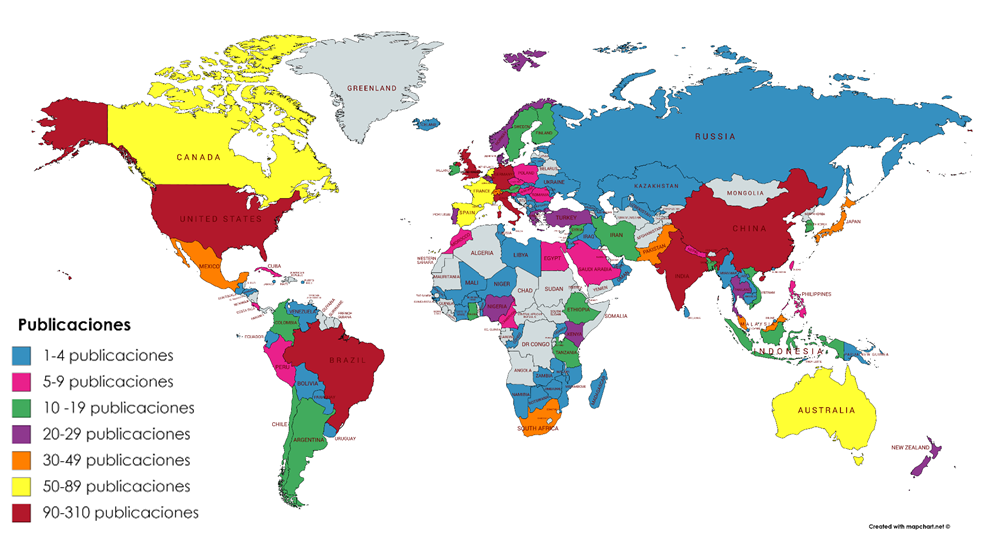
Published
How to Cite
Issue
Section
License
Copyright (c) 2021 INGE CUC

This work is licensed under a Creative Commons Attribution-NonCommercial-NoDerivatives 4.0 International License.
Published papers are the exclusive responsibility of their authors and do not necessary reflect the opinions of the editorial committee.
INGE CUC Journal respects the moral rights of its authors, whom must cede the editorial committee the patrimonial rights of the published material. In turn, the authors inform that the current work is unpublished and has not been previously published.
All articles are licensed under a Creative Commons Attribution-NonCommercial-NoDerivatives 4.0 International License.


 English
English
 Español (España)
Español (España)
